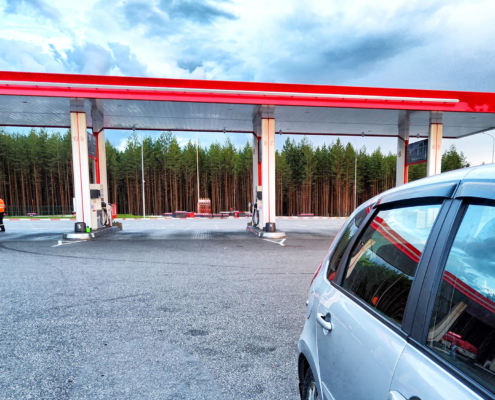Winter weather can wreak havoc on commercial flat roofs, even in relatively mild-weathered areas like California and Oregon. This is especially true in rainy regions like Washington, posing numerous threats that can compromise a flat roof’s integrity, such as:
- Post-winter water damage, like pooling from poor drainage, can seep into commercial roof membranes and cause leaks.
- Clogged gutters and downspouts prevent proper water drainage, leading to potential ice dams that can damage roof edges and penetrate commercial roofing materials.
- Fluctuating temperatures between winter and spring can cause ice buildup in areas like northern Washington, expanding and contracting commercial roofing materials and creating cracks or gaps.
Neglecting a commercial roof inspection in spring after the post-winter weather has cleared up can exacerbate these issues. Left unaddressed, undetected damage can worsen over time, resulting in costly repairs, interior water damage, mold growth, and potential business disruptions. Regularly scheduled commercial roof inspections during spring are essential for identifying and mitigating winter-related damage, ensuring the longevity and performance of commercial roofs.




